When buying or selling a property, it is crucial to have a legal document that outlines the terms and conditions of the sale. This document, known as a real estate sale agreement, serves as a safeguard for both the buyer and seller, ensuring that their interests are protected and that the transaction proceeds smoothly.
In this article, we will explore what a real estate sale agreement entails, why it is important, how to create one, and provide some examples and tips for successful agreements.
What is a Real Estate Sale Agreement?
A real estate sale agreement is a legal document that is used to formalize the terms and conditions of a property sale. It outlines the rights and responsibilities of both the buyer and seller, providing a framework for the transaction. The agreement typically includes information such as the purchase price, property description, financing details, contingencies, and closing date.
The purpose of a real estate sale agreement is to protect the interests of both parties involved in the transaction. It ensures that both the buyer and seller are aware of their obligations and rights, minimizing the risk of misunderstandings or disputes. By having a written agreement in place, both parties can feel confident that the transaction will proceed smoothly and under their expectations.
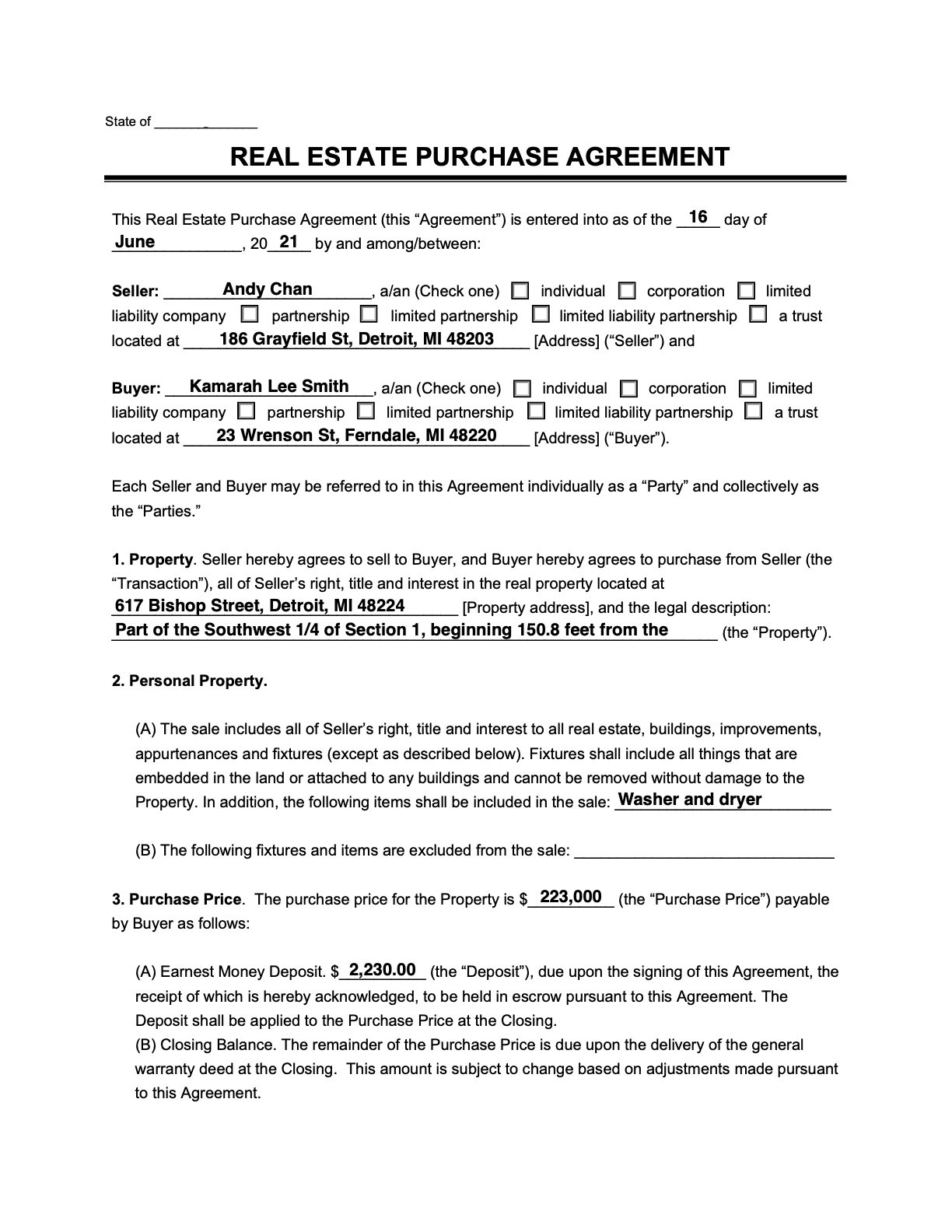
Why is a Real Estate Sale Agreement Important?
Having a real estate sale agreement is essential for several reasons.
- Firstly, it provides legal protection for both the buyer and seller. By clearly outlining the terms and conditions of the sale, the agreement helps to prevent any potential misunderstandings or disputes that may arise during or after the transaction.
- Secondly, a real estate sale agreement ensures that both parties are on the same page regarding the details of the transaction. It sets clear expectations for both the buyer and seller, including the purchase price, financing arrangements, and any contingencies that need to be met before the sale can be completed.
- Lastly, a real estate sale agreement serves as a valuable reference document throughout the transaction. Should any issues or questions arise, both parties can refer back to the agreement to find answers or clarify any uncertainties.
How to Create a Real Estate Sale Agreement
Creating a real estate sale agreement may seem daunting, but with careful consideration and attention to detail, it can be a straightforward process. Here are the steps to follow:
1. Gather the necessary information
Before creating the agreement, gather all the relevant information, including the names and contact details of the buyer and seller, property description, purchase price, financing details, and any contingencies or conditions.
2. Use a template or consult a legal professional
There are numerous templates available online that can serve as a starting point for your real estate sale agreement. However, it is recommended to consult a legal professional to ensure that the agreement complies with local laws and regulations.
3. Include all essential terms and conditions
Make sure to include all essential terms and conditions in the agreement, such as the purchase price, financing arrangements, contingencies, closing date, and any additional provisions that are relevant to the specific transaction.
4. Review and revise
Once the agreement is drafted, review it carefully to ensure that all details are accurate and comprehensive. If necessary, make revisions or seek legal advice to ensure that the agreement adequately protects both parties.
5. Sign and date the agreement
Once both parties are satisfied with the agreement, sign and date it to make it legally binding. It is advisable to have both the buyer and seller sign multiple copies of the agreement for their records.
Examples
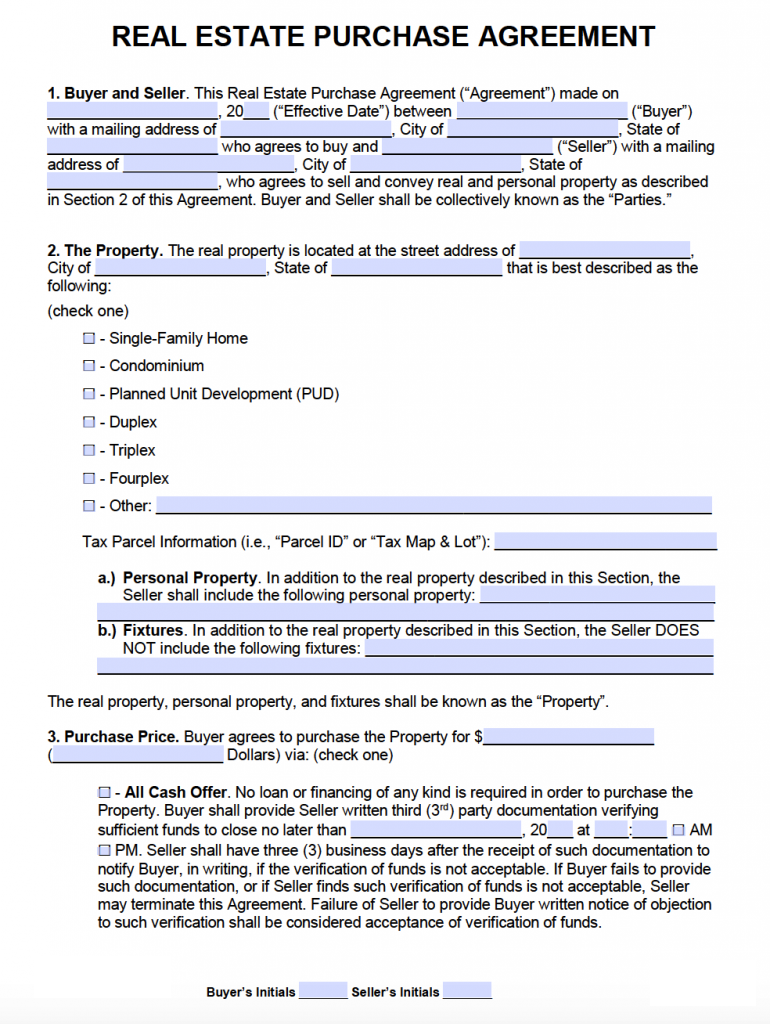
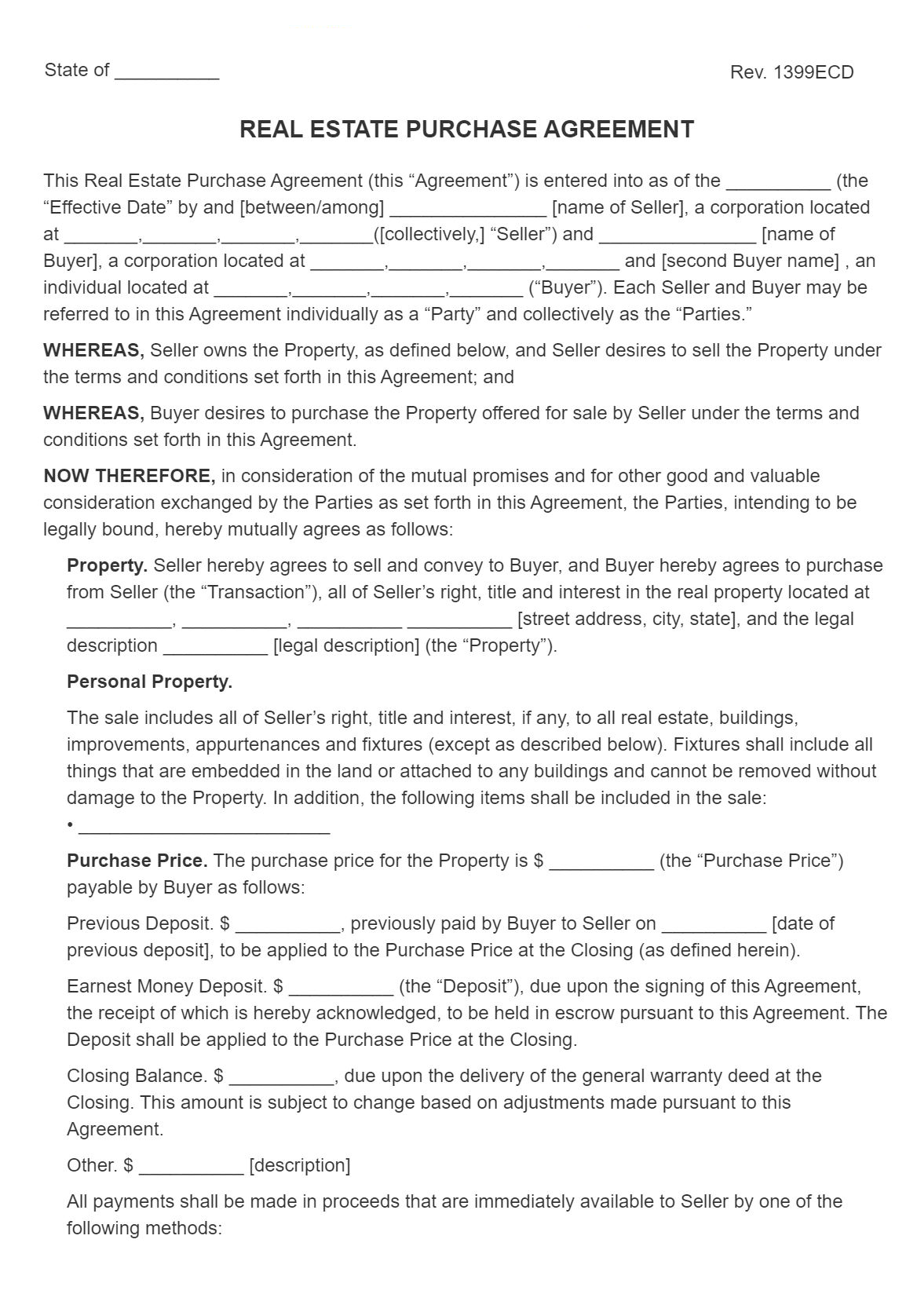
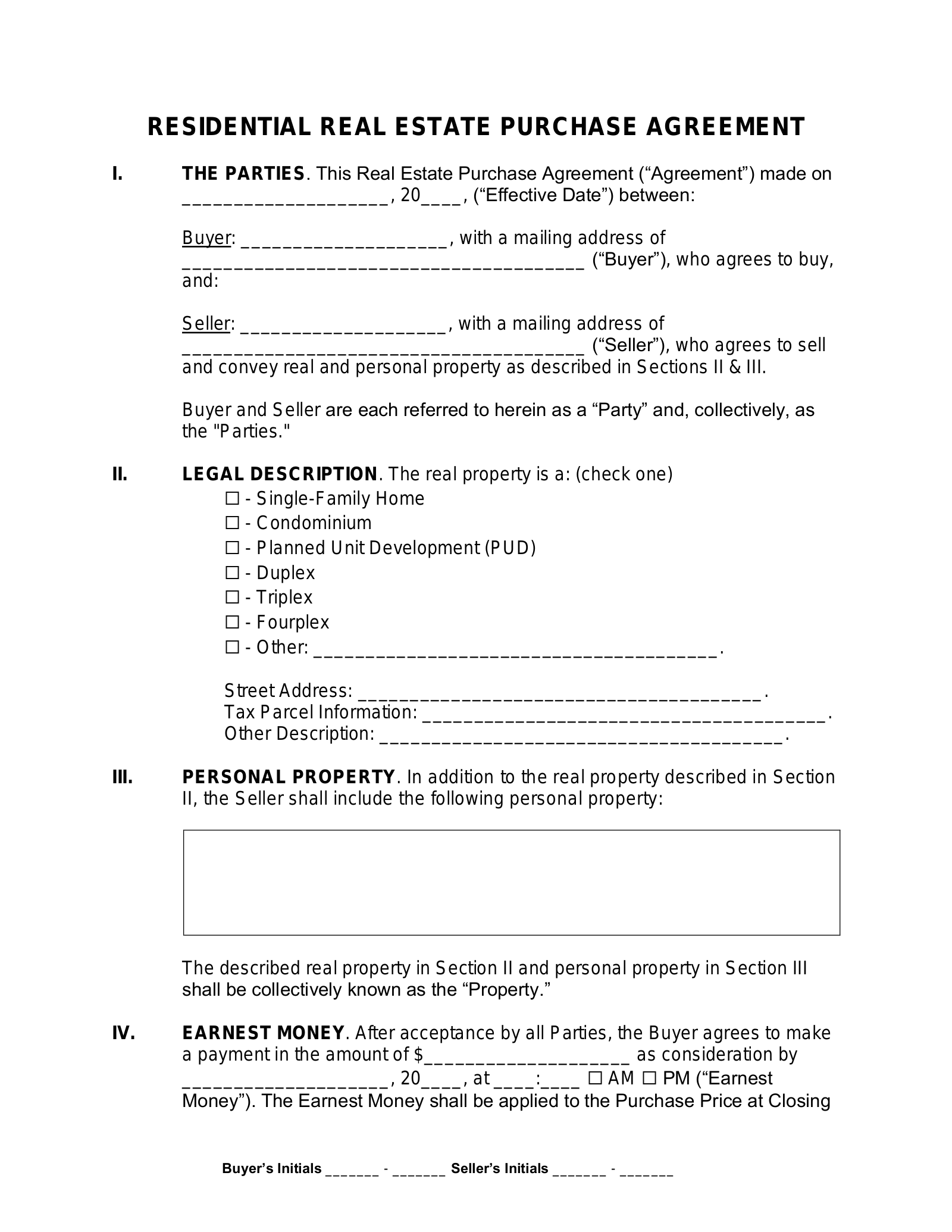
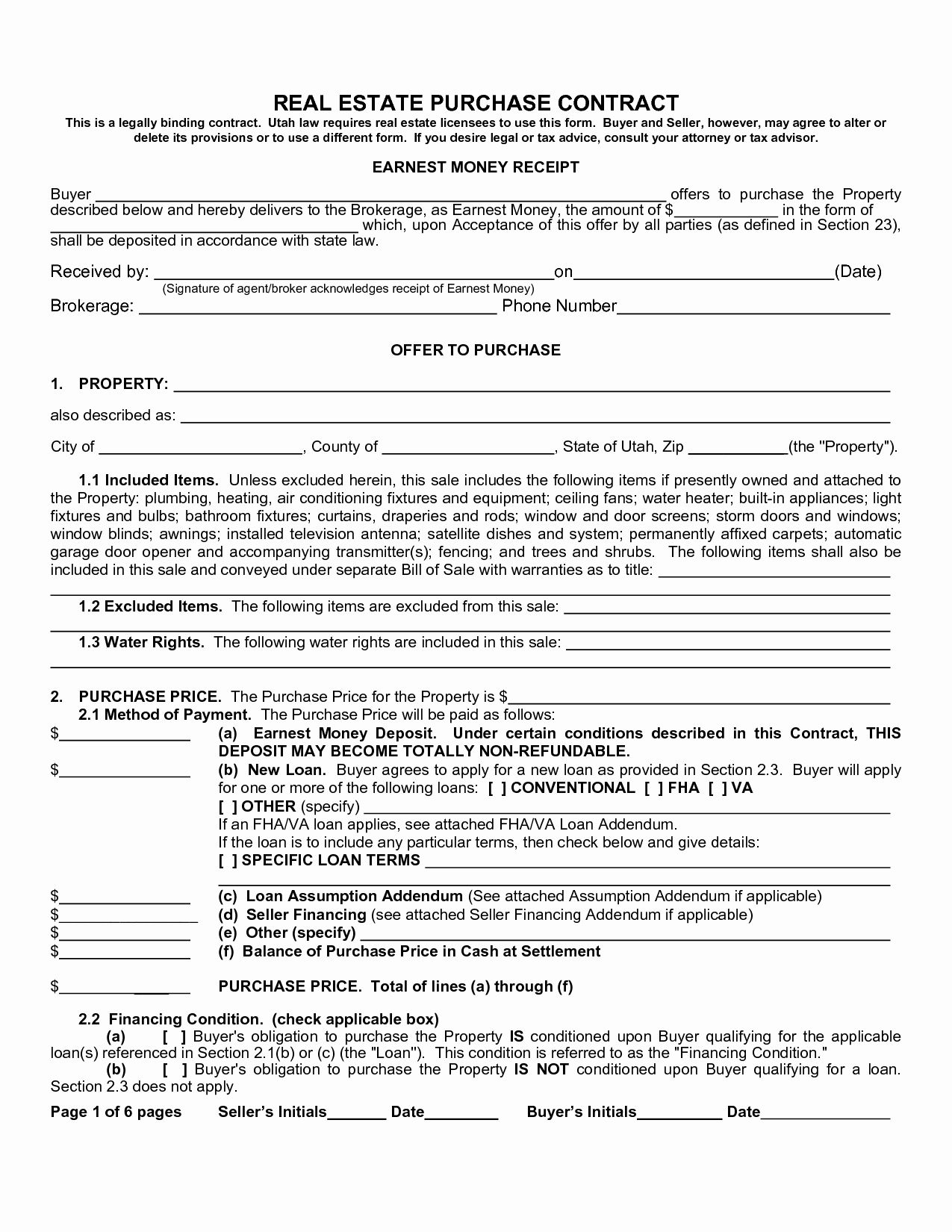
Tips for Successful Real Estate Sale Agreements
- 1. Clearly define all terms and conditions. Ensure that all terms and conditions are clearly defined in the agreement to avoid any misunderstandings or disputes.
- 2. Include contingencies. Consider including contingencies, such as financing or inspection contingencies, to protect both parties in case unforeseen issues arise.
- 3. Seek legal advice. If you are unsure about any aspect of the agreement, it is always advisable to seek legal advice to ensure that your interests are protected.
- 4. Be specific about property details. Include specific details about the property, such as the address, legal description, and any included or excluded items, to avoid confusion.
- 5. Keep copies for your records. Make sure to keep copies of the signed agreement for your records, as they may be required for future reference or if any disputes arise.
By following these tips, you can increase the chances of creating a successful real estate sale agreement that protects your interests and ensures a smooth transaction.
Conclusion
A real estate sale agreement is a crucial document that protects the interests of both the buyer and seller in a property transaction. It outlines the terms and conditions of the sale, ensuring that both parties are aware of their rights and responsibilities.
By following the steps outlined in this article and incorporating the provided tips, you can create a comprehensive and successful real estate sale agreement. Remember to consult a legal professional if you have any doubts or concerns regarding the agreement, as they can provide valuable guidance specific to your situation.
Real Estate Sale Agreement Template – Download